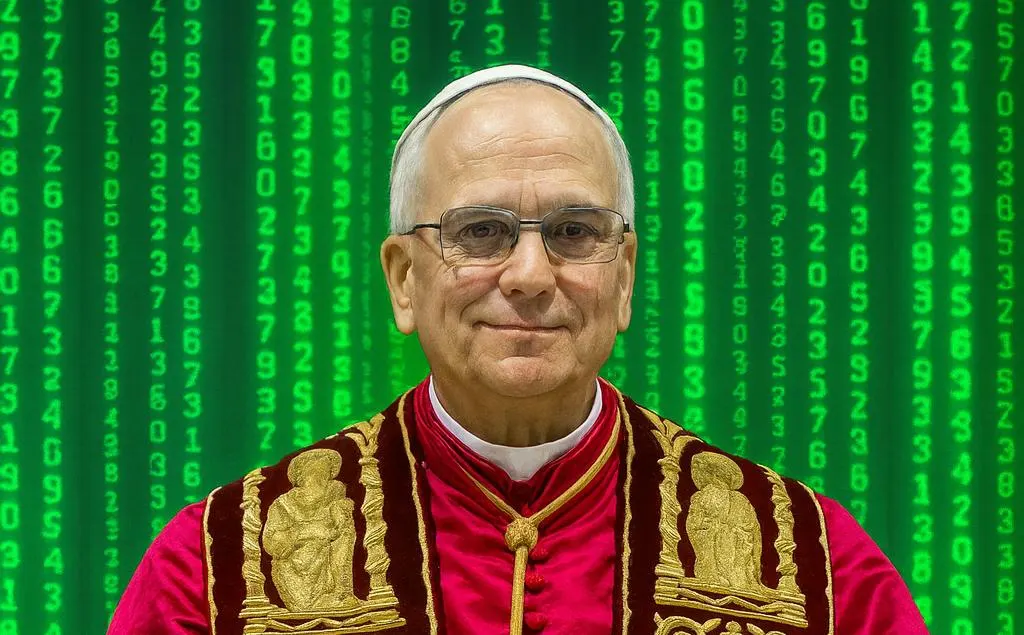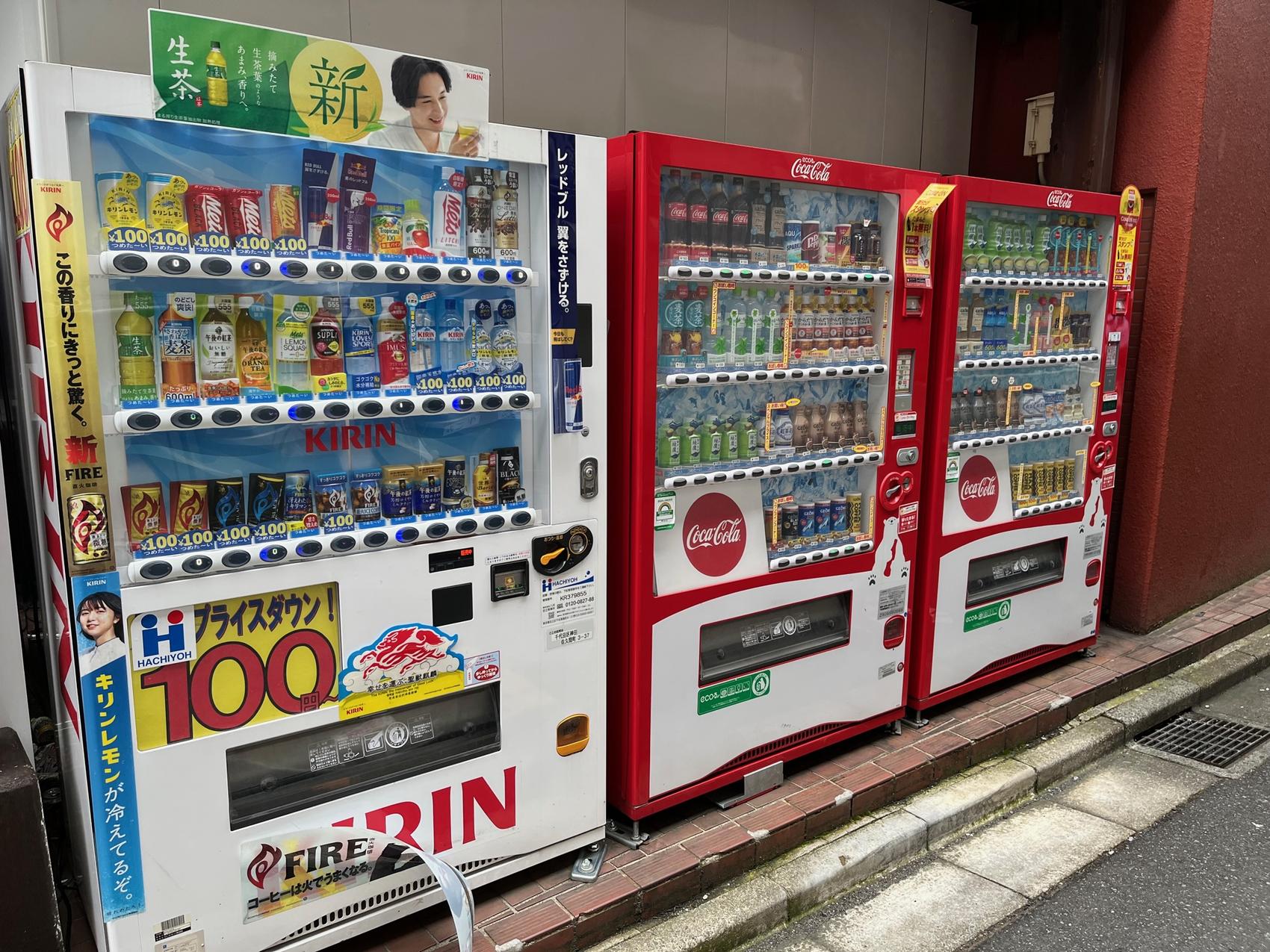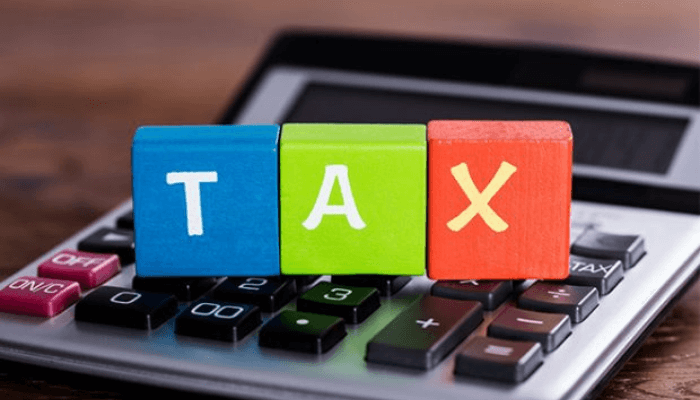By Bloomberg,Mvannucci2
Copyright bnef

JPMorgan Chase, the largest facilitator of finance for energy supply, has had an ESBR of around 0.7:1 for every year from 2021 to 2024. Several factors contribute to this inertia for large banks. They include longstanding client relationships and those the mostly steady business models followed by those clients. There is no quick shift underway in either the energy industry or banking.
The exception is BNP Paribas. The French bank lifted its ESBR to more than 2:1 in the past two years, from below 1.4:1 in 2021. It achieved this mainly by shrinking its fossil-fuel book.
Several banks have adopted the ratio metric
JPMorgan Chase, Royal Bank of Canada, Citi and Scotiabank have adopted or committed to disclose an energy supply ratio metric over the past year. This follows a successful investor campaign for more disclosure on climate related metrics.
While each bank has made a different set of design choices in the absence of an industry standard, the overarching framework remains fairly consistent. We expect to see further consensus as more institutions adopt the metric.
Bank ratio disclosure can provide visibility to investors around how the institution’s business is tracking the broader energy transition. It also highlights how they are capitalizing on low-carbon opportunities or continuing to support conventional fossil fuels. Calculating a ratio can equally be an important internal benchmarking exercise. Bank executives can use the numbers as a strategic tool for identifying and taking advantage of growth sectors.
The magic number is 4-to-1
Financing a transition toward cleaner energy is a crucial part of the roadmap to limiting global warming to 1.5C.
Researchers that have set out scenarios for how those goals can be met suggest that low-carbon energy supply needs about four times the capital as fossil fuels this decade. That would require an ESBR or 4:1, far above the prevailing figures BNEF recorded.



